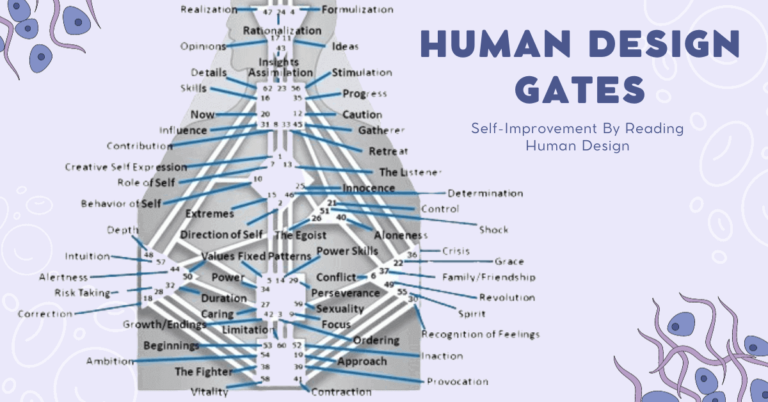Keyboard theory serves as the establishment for anybody looking to explore the huge world of music. Whether you’re an aspiring pianist, keyboardist, or electronic musician, a strong grasp of keyboard theory is fundamental for making, performing, and enjoying music. This comprehensive guide, about the basics of keyboard theory, covers key ideas and strategies that will assist you with unlocking your musical potential.
The Anatomy of a Keyboard
Before delving into the basics of keyboard theory, we should get to know the keyboard itself. Keyboards come in different structures, yet the piano may be the most notable. It consists of 88 keys, divided into highly contrasting keys. The white keys address the normal notes (A, B, C, D, E, F, G), while the dark keys address the sharps and flats.
Understanding the design of the keyboard is fundamental for exploring scales, chords, and melodies. Each key has a remarkable pitch, and the plan follows a particular example that repeats across the whole keyboard.
The keyboard Instrument
Before diving into the theory, understanding the instrument itself is fundamental. keyboards come in different forms, including pianos, electronic keyboards, synthesizers, and MIDI controllers. Understanding the various types of keyboards and their features is the most important step in your musical journey. You can also uncover the importance of keyboard in music education.
Musical notation of keyboard
In the realm of basics of keyboard theory, musical notation is the language through which musicians communicate. The crucial parts of musical notation involve notes, rests, clefs, and timing signatures.
Notes:
Musical notes come to life through symbols gracefully placed on the staff. Their length is revealed by the shape they take, and their pitch is expressed through the staff’s position. On the keyboard, these notes are affectionately named using the letters from A to G. Understanding this simple naming system is the way to interpret musical documentation. Note duration: Musical documentation also includes a symbol that shows the duration of notes, for example, entire notes, half notes, quarter notes, and that’s only the tip of the iceberg. Rests show times of silence, considering rhythmic variation.
The Staff and Clefs:
Clefs are symbols that characterize the pitch scope of the staff, with the high-pitch clef usually utilized for the right hand on the keyboard and the bass clef for the left hand. The musical staff, otherwise called the stave, is the horizontal set of five equal lines and four spaces whereupon musical documentation is composed. Each line and space represents a particular musical pitch, with higher pitches situated higher on the staff.
Musicians often choose between two clefs to cover a wide range of music pitches. The high-pitch clef, affectionately called the G clef, finds its place on the second line, claiming the note G as its own. Meanwhile, the bass clef, also known as the F clef, takes its stand on the fourth line, proudly representing the note F.
Time signatures define the organization of beats within a measure guiding the rhythm of a piece. Common time signatures include 4/4, 3/4, and 6/8, each influencing the feel and flow of the music.
Scales and intervals of keyboard
Scales:
Explore major and minor scales, their pattern, and the idea of key marks. A scale is a progression of musical notes organized in ascending or descending order of pitch. Scales are the foundation of melody, giving a structure to making important and expressive tunes. The most well-known scales in Western music are the major scale and the minor scope. The major scale has a bright, happy sound, while the minor scope has a more solemn, contemplative quality. Understanding the design and formula of scale is crucial for exploring the basics of keyboard theory and creating harmonic progression.
Intervals:
Intervals represent the distance between two notes. Find out about various intervals, like seconds, thirds, fourths, fifths, and that’s just the beginning. Intervals are estimated in half step and entire step. A half step is the littlest distance between two notes on the piano, while an entire step is two half steps. Intervals are important for figuring out the melody, chord progression, and harmony evolution. They likewise assume a part in recognizing music examples and making strain and release in music.
Chords of keyboard
A chord is a combination of at least three notes played all the while. Harmonies are the structure blocks of congruity, giving the establishment to the rich and complex sound of music. Triads are essential chords comprising three notes. Grasp the concept of major, minor, increased, and reduced groups of three and their reversals. Seventh chords Delve into additional intricate chords, including major seventh, minor seventh, and dominant seventh chords.
Chord progressions of keyboard
Explore chord progressions, which are the harmonic sequences that form the foundation of many musical compositions. Explore normal chord progressions, like the I-IV-V movement, and understand their role in music composition.
Harmony of keyboard
As the keyboard player skillfully navigates through inversions and voicings, they weave a vibrant and dynamic harmonic tapestry, consciously harmonizing various musical elements through chord agreements.
Rhythm and Timing of keyboard
Rhythm is the heartbeat of music, and understanding how to explore cadenced examples is essential for any keyboard player. Timing signatures shape the rhythm, with each action divided into a specific number of beats.
Rhythm displacement, accents, and tempo varieties add profundity and excitement to a musical exhibition. Developing a sense of timing and rhythm through practice and exposure to various musical styles is fundamental to becoming into a proficient keyboardist.
Technique and Expressions in keyboard
Technical capability on the keyboard is worked through tenacious practice. Creating finger strength, deftness, and independence is essential for executing complex passages and putting oneself out there through music.
The expression goes past specialized skills and includes injecting feeling and character into your playing. Elements, articulation, and expression are devices that permit a performer to convey a great many feelings and moods. Exploring different regarding different playing styles and investigating the expressive capacities of the keyboard improves your capacity to connect with your crowd.
Key Marks and transposition
Find key marks and their significance in music. Figure out how to transpose music to various keys, a fundamental expertise for musician.
Basic Music theory terminology
Embark on a journey to uncover crucial music theory terms like elements, rhythm, and articulation. Once you grasp these, the door swings wide open, allowing you to shape and interpret music in your own unique way.
Keyboard Playing Procedures
Learn proper hand positioning and fingerings to play the keyboard properly and prevent injury. Understand how different articulation marks in sheet music, for example, staccato and legato, influence how you play notes.
Ear training
Ear training is the most common way of fostering your capacity to perceive musical elements by ear. This expertise is important for improvising, spontaneous creation, and musical analysis.
Practice and Application
we lay out powerful practice schedules to reliably further develop your keyboard abilities. Dive into real-world scenarios where musicians bring the basics of keyboard theory to life. Whether playing solo pieces, accompanying fellow artists, or crafting your own musical creations, this exploration unveils the practical magic of keyboard theory in action.
Advanced Music theory
Once you’ve got the hang of the basics, you can start exploring more advanced music theory topics, like the art of changing from one key to another (modulation), getting into modular scales, and playing around with those extended chords (10th, 11th, and thirteenth chords). These ideas will extend your music jargon and add intricacy to your organization and performance.
Keyboard Theory in Various musical genres
As a musician, you can boost your adaptability by delving into the application of keyboard theory across various music genres – be it traditional, jazz, pop, rock, or electronic. Each genre brings its own set of nuances and strategies, contributing to your versatility as a performer.
Basics of Keyboard Theory in Practice
keyboard theory isn’t just about retaining definitions and rules. It’s tied in with understanding how these ideas cooperate to make music. By applying keyboard theory standards, you can:
- Analyze and grasp existing music
- Make your tunes and harmonies
- Further develop your spontaneous creation abilities
- communicate all the more with different musicians
Final thoughts
Keyboard theory is the gateway to opening your musical potential and releasing your inventiveness. Whether you’re a beginner or an experienced performer, understanding the essentials of keyboard theory is an important resource in your musical excursion. By dominating the ideas examined in this aide, you’ll be well routed to turning into a capable and expressive keyboard player, equipped for bringing music through your fingertips. In this way, embrace the universe of the basics of keyboard theory, and let your musical journey start!





